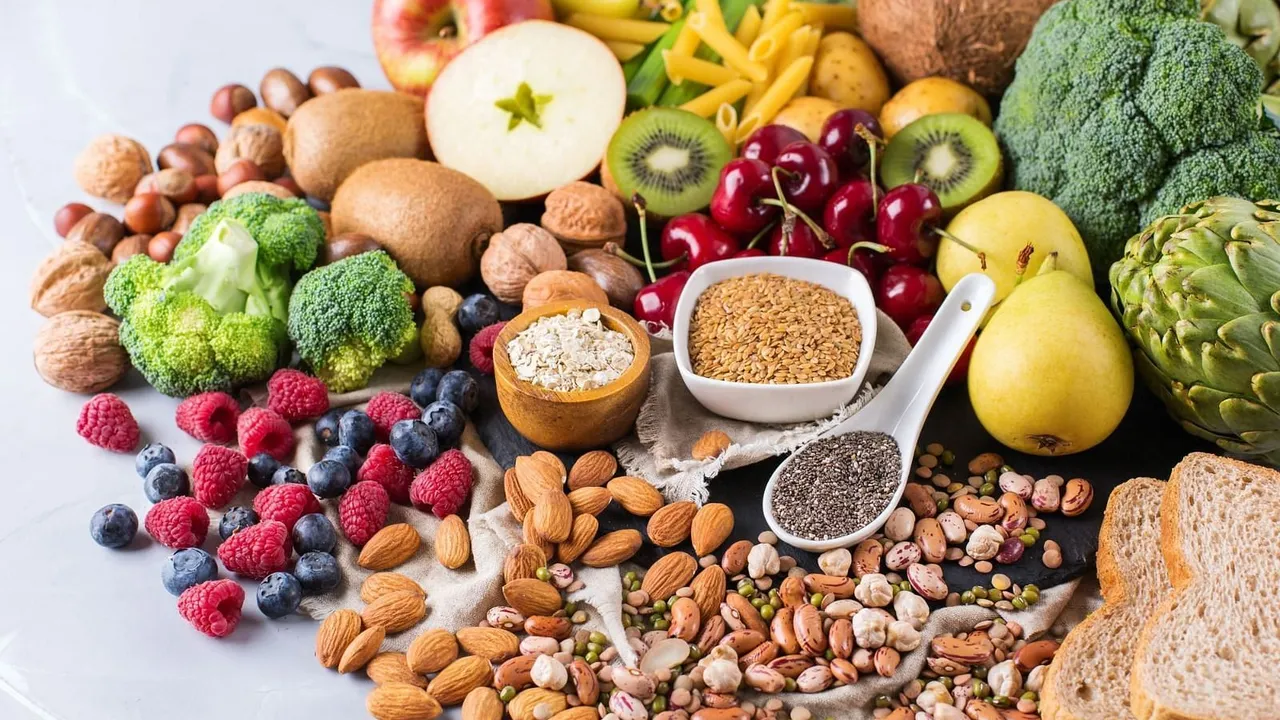Probiotics for Hypercholesterolemia — November 2023 Archive
Curious if a jar of yogurt can help lower cholesterol? In November 2023 we posted a clear, practical look at how probiotics may help manage hypercholesterolemia. This page summarizes what was covered: how probiotics might work, what the clinical evidence says, and simple steps you can take if you want to try them alongside diet and medication.
How do probiotics affect cholesterol? Some probiotic strains produce an enzyme called bile salt hydrolase that changes bile acids so the body excretes more of them. When more bile is lost, the liver uses circulating cholesterol to make new bile, which can lower blood cholesterol levels. Probiotics may also bind cholesterol in the gut, produce short‑chain fatty acids that influence liver metabolism, and reduce low‑grade inflammation linked to heart disease.
What does the research show? Controlled trials and several meta‑analyses reported modest but consistent drops in LDL cholesterol and total cholesterol with certain probiotics. Typical effects are in the range of a 5–10% reduction in LDL after 8–12 weeks when the right strains and doses are used. Strains with the best support include Lactobacillus acidophilus, Lactobacillus reuteri, and Bifidobacterium longum, often in multi‑strain blends. Results are smaller than what statins deliver, but probiotics can be a useful adjunct, especially for people with mild elevations or those seeking lifestyle options first.
How to pick and use a probiotic: look for products that list specific strains and a colony forming unit (CFU) count, aiming for at least 1–10 billion CFU per serving for cholesterol studies. Multi‑strain formulas that include Lactobacillus and Bifidobacterium species showed better results than single strains in many trials. You can get probiotics from fermented foods like yogurt and kefir, but therapeutic doses usually come from supplements. Plan on at least 8–12 weeks before checking lipid changes, and keep a food and exercise routine steady so you know what’s changing.
Are there risks or interactions? For most people probiotics are safe, with mild digestive changes early on. People with severely weakened immune systems or recent major surgery should avoid over-the-counter probiotics unless a doctor approves. If you take prescription cholesterol meds, tell your clinician before adding supplements — probiotics don’t usually interfere with statins, but your care plan and lab monitoring may change when you add anything new.
If you’re thinking of trying probiotics for cholesterol, start with a proven strain blend, set a 2–3 month trial, and recheck your lipid panel. Combine probiotics with a heart‑healthy diet, regular exercise, and follow your healthcare provider’s advice. That practical approach gives you the best chance to see if probiotics help your numbers without risking gaps in care.
Track your progress by ordering a fasting lipid panel before you start and again after about 8–12 weeks. Focus on LDL and non‑HDL numbers rather than small day‑to‑day changes. Pair probiotics with soluble fiber (oats, beans, psyllium) and plant sterols for better effect. Don’t stop prescribed medicines on your own — use supplements to support, not replace, medical therapy. Ask your pharmacist.

The Role of Probiotics in Managing Hypercholesterolemia
Hi there! So today, we're delving into the impressive role of probiotics in managing hypercholesterolemia. We all know the concerns about high cholesterol, right? Despite the usual medications, it appears that probiotics might have a significant impact, and I find that absolutely fascinating! Join me in exploring how these health supplements could potentially ameliorate cholesterol levels and grant us better overall well-being. The world of health and wellness is vast, and there's always something new to learn!
© 2025. All rights reserved.
